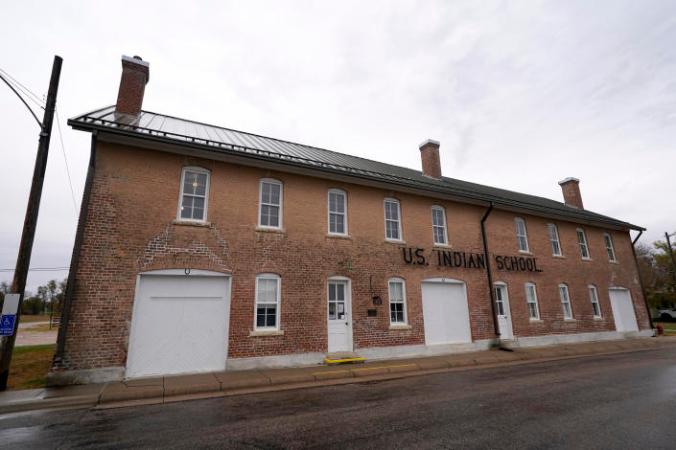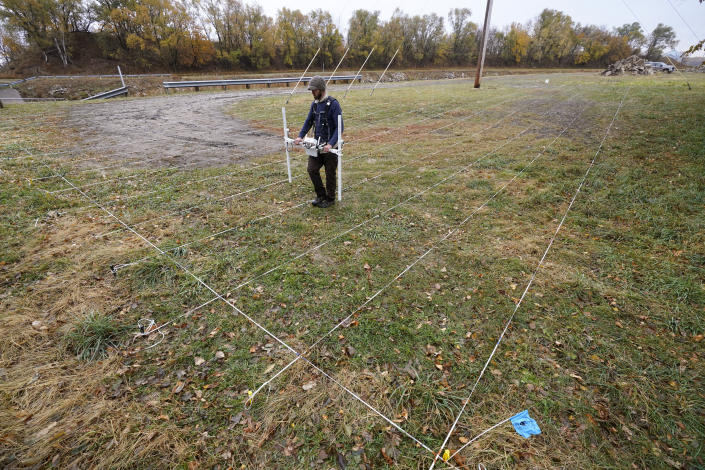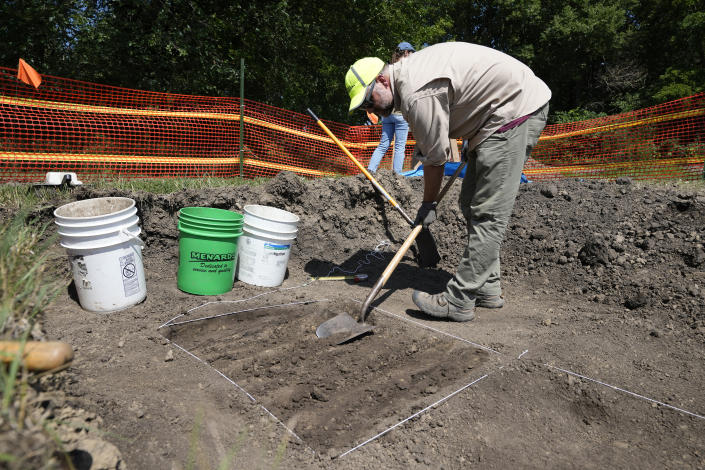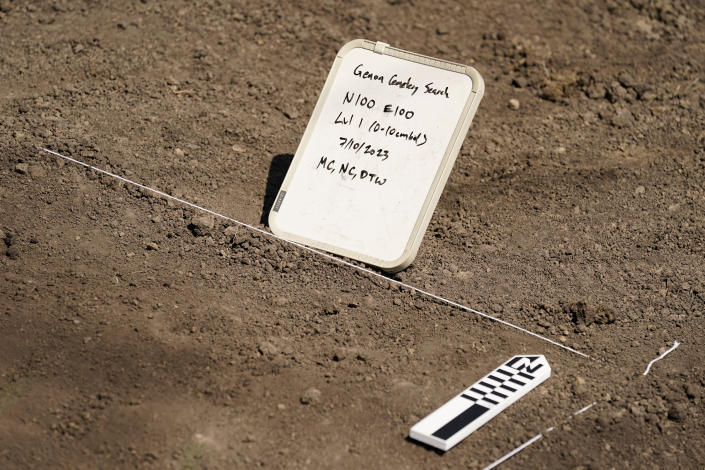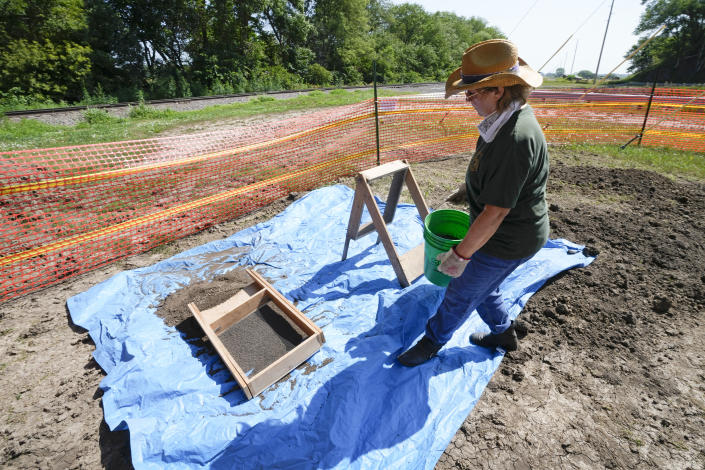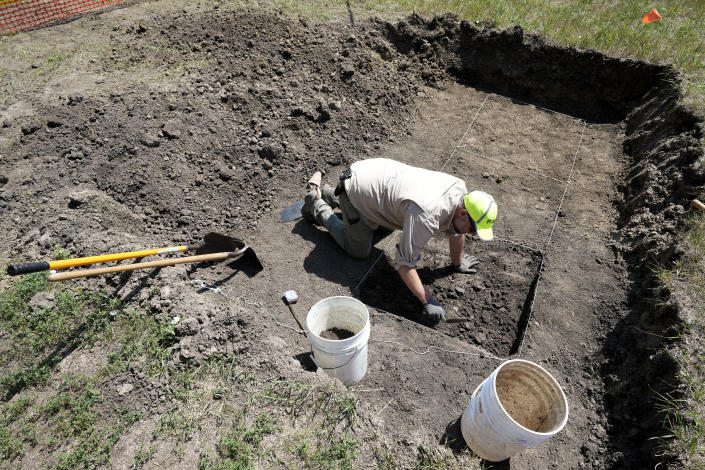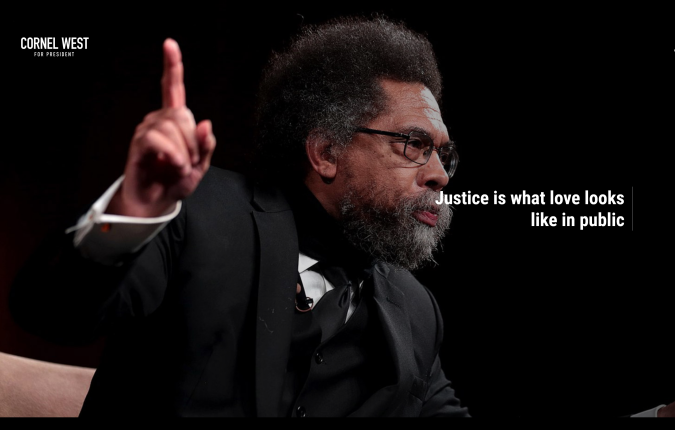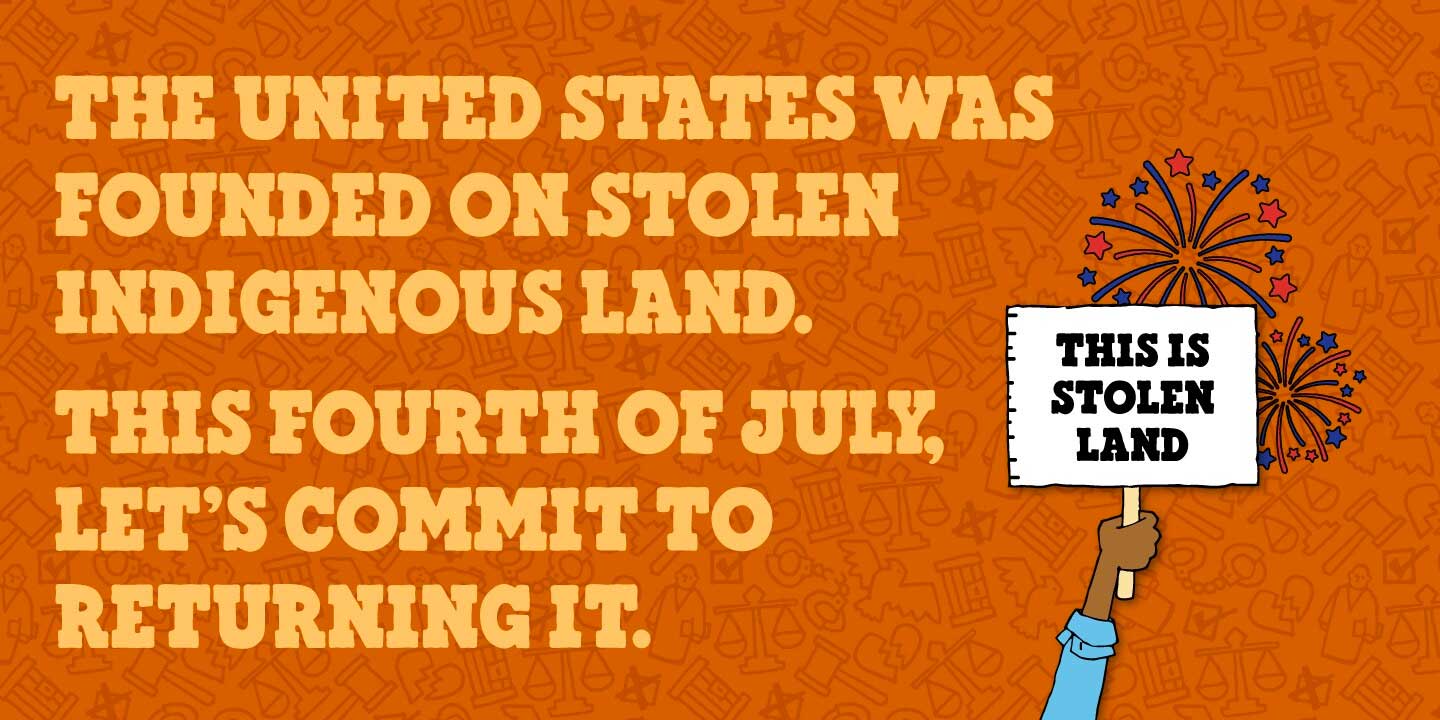
For the past six months, our co-director, law clerk, videographer, and organizers have all been in and out of Nevada, joining others in the effort to force the federal government to respect Indigenous sovereignty. By now, you’re probably well aware of the cause: Thacker Pass, or Peehee mu’huh, the site of the largest lithium deposit in the United States, anticipated to produce 25 percent of global lithium in the near term.
Today, I ask that you give to support our stand in solidarity with the Paiute and Shoshone peoples of Nevada in their fight to keep Big Green Extraction honest. We stand at a crossroads. As we press forward to replace fossil fuels with renewable energy, we must answer a question: will we show respect for Indigenous nations by honoring their right to self-determination and land possession, or will we allow the same tactics deployed by the fossil fuel industry for generations to sully our transition to green technology? Let’s make Elon Musk and other green entrepreneurs respect Indigenous sovereignty.

This beautiful area, home to multiple protected species and sacred to our Paiute and Shoshone relatives, is under threat from a massive lithium mining operation.
At Thacker Pass, the Ox Sam resistance camp has been active in recent months, and arrests and temporary restraining orders have been issued against our staff and other allies. Founding grandmother Josephine Sam has been forced to watch as her relative, Ox Sam founder Dorece Sam, faces a civil lawsuit. I’m the former official liaison for the Standing Rock Sioux Tribe to the resistance camps at Standing Rock in 2016 and ‘17. As such, I know something about what it takes to push back against the Destroyers of Unci Maka, our Grandmother Earth. One of the first principles of environmental justice is to show up when needed, and to not back down.
Peehee mu’huh (which means “Rotten Moon” in the Paiute language) got its name from a pair of massacres, including one in 1865 of at least 31 men, women, and children by U.S. soldiers. It’s now the place where the soul of the Green Revolution will be measured. In the coming weeks, we plan to publish a series of short videos telling the story of the resistance at Thacker Pass in the words of those on the ground. Please stay tuned.
We expect this struggle to be bruising, but it must be fought. In the current era of runaway climate change and rampant loss of biodiversity, playing defense is never enough. If we’re not on offense, we’re losing — and in this case, the cost could well be a healthy future for the people and other living things that call Peehee mu’huh home. Please join us in this struggle!
Wopila tanka — thank you for your friendship and solidarity.
Phyllis Young
Standing Rock Organizer
The Lakota People’s Law Project






